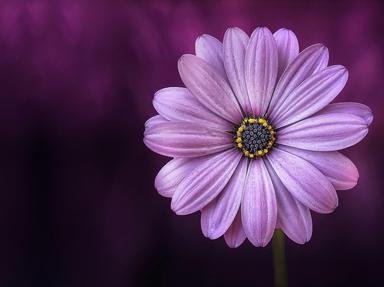Quiz Answer Key and Fun Facts
1. Which of these grasses is the *least* tolerant to drought?
2. Which 1962 book condemned the use of DDT on lawns to control pests?
3. The average American family uses about 30% of its water outdoors, but that percentage is about half as much in the western United States.
4. Which of these is NOT a way of saving money on yard maintenance?
5. In 1661, who commissioned the design and layout of the gardens and lawns of Versailles?
6. In 1809, where did Thomas Jefferson create an English-style lawn?
7. People try to keep weeds out of their grassy lawns and use herbicides to help fight weeds. In 1944 the herbicide 2,4-D was introduced, and was later used as a main ingredient in what Vietnam War weapon?
8. The first type of this lawn care device was granted a patent in 1830 to Edwin Beard Budding of Gloucestershire, England, while Amariah Hills of Hockanum, Connecticut received the first U.S. patent in 1868. What is it?
9. Yes, grass can actually be considered a weed in some situations, but one of these other weeds is actually beneficial to your lovely lawn grass, while the other three are among the most harmful to grass. Which is the beneficial one?
10. Which of these is a fertilizer, while the other three are herbicides, or pesticides?
Source: Author
Billkozy
This quiz was reviewed by FunTrivia editor
agony before going online.
Any errors found in FunTrivia content are routinely corrected through our feedback system.
